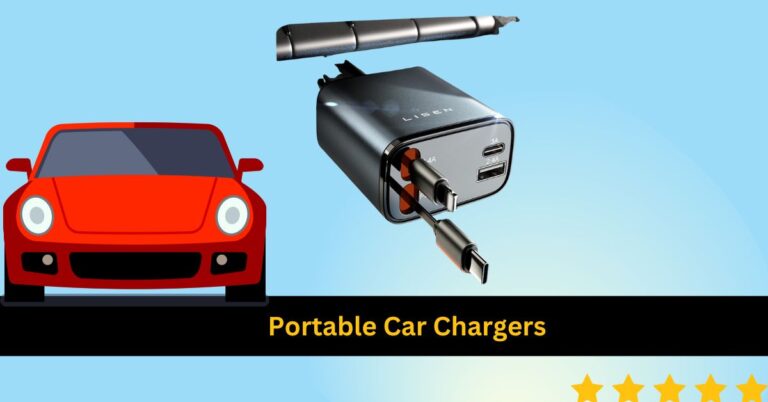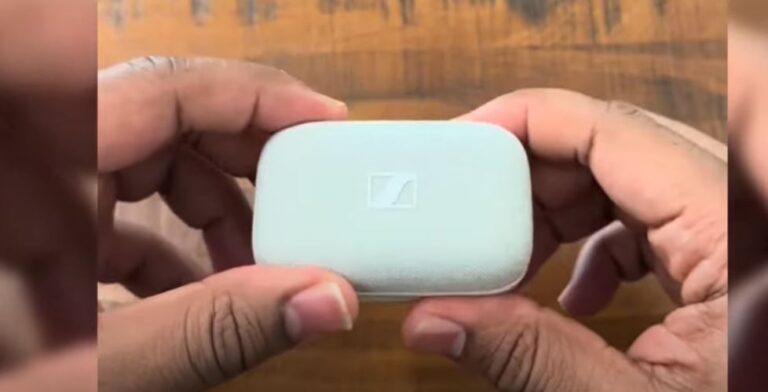How to Use a Car Diagnostic Tool to Fix Common Car Problems: A Step-by-Step Guide
In the world of modern car ownership, diagnostic tools have become an essential part of maintaining a vehicle. These devices allow drivers and mechanics to quickly identify car problems without needing to rely on expensive diagnostic services. If you’ve ever wondered how a car diagnostic tool works and how it can help you troubleshoot and fix common car issues, you’re in the right place. In this guide, we’ll walk you through the process of using a car diagnostic tool to fix common problems, offering valuable tips and SEO-optimized keywords to help you make the most of this essential automotive technology.
What is a Car Diagnostic Tool?
A car diagnostic tool (often referred to as an OBD-II scanner or code reader) is a device that connects to your vehicle’s On-Board Diagnostics (OBD) system. It communicates with the car’s ECU (Engine Control Unit) to retrieve diagnostic trouble codes (DTCs) that provide insights into any malfunctions or irregularities in your vehicle. These tools help you monitor and diagnose a wide range of issues, including engine problems, transmission errors, electrical faults, and more.
How Does a Car Diagnostic Tool Work?
Before we dive into how to use the tool, it’s important to understand how it works. The diagnostic tool communicates with the car’s OBD system, typically via a 16-pin connector located near the driver’s side dashboard (usually below the steering wheel). Once connected, it retrieves error codes generated by the car’s sensors and control units.
Here’s a breakdown of the process:
- Connection: Plug the scanner into the OBD-II port.
- Scanning: The scanner communicates with the car’s ECU to read fault codes.
- Reading Codes: The device displays error codes, which correspond to specific issues within the car.
- Clearing Codes: Some diagnostic tools allow you to clear the codes after fixing the issue.
Now that you understand how the tool works, let’s dive into the step-by-step process of using a car diagnostic tool to identify and fix common car problems.
Step 1: Choose the Right Car Diagnostic Tool
When selecting a diagnostic tool, make sure to choose one that is compatible with your vehicle. Most cars manufactured after 1996 are equipped with OBD-II systems, but it’s always good practice to confirm compatibility with your model.
Types of Diagnostic Tools:
- Basic OBD-II Scanners: These provide a simple code readout for common engine and transmission issues.
- Advanced Scanners: These offer more detailed data, including real-time sensor readings, freeze frame data, and the ability to perform additional functions like clearing codes and reprogramming modules.
For DIY repairs, a basic OBD-II scanner is usually sufficient. However, advanced models can be useful for professional mechanics or tech-savvy car owners who want more in-depth data.
Step 2: Locate the OBD-II Port
In most vehicles, the OBD-II port is located under the dashboard near the driver’s side, below the steering wheel. It’s usually just above the footwell, around where the dashboard meets the lower console. If you’re having trouble finding it, consult your car’s manual for the exact location.
Once located, you’ll see a 16-pin connector. This is where you’ll plug your diagnostic tool into.
Plug in the Diagnostic Tool
Once the OBD-II port is located, plug the scanner’s cable into the port. Ensure the vehicle is turned off before plugging in the device to avoid causing any electrical surges.
Turn the car’s ignition to the “on” position (you don’t need to start the engine). Your car’s computer should now be powered up, allowing the scanner to communicate with it.
Read the Diagnostic Trouble Codes (DTCs)
After you turn on the diagnostic tool, it will initiate a scan of your car’s OBD system. Depending on the model of your scanner, it may take a few seconds to a couple of minutes to complete. Once finished, it will display a series of Diagnostic Trouble Codes (DTCs).
Each DTC corresponds to a specific issue in your car. For example:
- P0300: Random/Multiple Cylinder Misfire Detected
- P0420: Catalyst System Efficiency Below Threshold (often related to the exhaust system)
- P0171: System Too Lean (Bank 1) (could indicate a fuel or air intake problem)
Tip: If you’re unsure what the code means, most diagnostic tools have a built-in database or can connect to apps like Car Scanner or Torque for more detailed explanations. You can also look up DTCs online for specific fixes.
Step 5: Interpret the Codes and Identify the Problem
Once you have the error codes, it’s time to interpret them. Many OBD-II scanners display a short description of each code, but if not, you can find them easily online or in your vehicle’s repair manual.
For example:
- P0420 might indicate a problem with the catalytic converter, which may require replacement.
- P0300 could mean a misfire, which might be caused by spark plug issues, fuel delivery problems, or faulty ignition coils.
Understanding the codes is crucial for diagnosing car problems accurately. Some scanners even offer additional information like live data, allowing you to see sensor readings and performance metrics in real-time.
Step 6: Fix the Issue (or Seek Professional Help)
After identifying the issue using the diagnostic tool, the next step is to fix the problem. Some car issues are simple enough to fix at home, while others may require professional help. Here are a few common issues and how to address them:
-
Check Engine Light (CEL):
- Possible Causes: Oxygen sensor failure, spark plug issues, or fuel cap problems.
- Solution: For a loose fuel cap, simply tighten it. If it’s something more complex like the oxygen sensor, you might need to replace it.
-
Transmission Problems:
- Possible Causes: Transmission fluid issues, faulty sensors, or solenoid malfunctions.
- Solution: Check fluid levels and replace any faulty sensors if indicated by the scanner.
-
Misfires (P0300-P0306):
- Possible Causes: Faulty spark plugs, ignition coils, or fuel injectors.
- Solution: Inspect and replace spark plugs or ignition coils, depending on the diagnostic code.
If the issue seems complicated or beyond your expertise, it’s always best to consult with a professional mechanic to avoid further damage to your vehicle.
Step 7: Clear the Codes and Test Drive
Once you’ve fixed the issue, it’s time to clear the diagnostic trouble codes using the OBD-II scanner. Most scanners have a “clear codes” option that resets the system and turns off the check engine light.
After clearing the codes, take your car for a test drive to ensure the issue is resolved. If the codes return, it could indicate that the problem wasn’t fixed properly or that there’s a deeper issue.
Common Car Problems Diagnosed by Diagnostic Tools
- Check Engine Light (CEL)
- Engine Misfire
- Transmission Fluid Pressure
- Oxygen Sensor Issues
- Exhaust System Problems
- Battery and Charging System Faults
- ABS System Malfunctions
Conclusion: Why Every Car Owner Needs a Diagnostic Tool
Using a car diagnostic tool is a valuable skill for any car owner. Not only does it help you identify problems early on, but it also saves you money on diagnostics and repairs. By learning how to use a diagnostic tool, you empower yourself to take control of your vehicle’s health, troubleshoot common problems, and even perform basic fixes.
Whether you’re a seasoned mechanic or a DIY enthusiast, a car diagnostic tool is an essential device that can make your life easier, safer, and more efficient.




